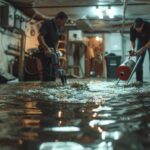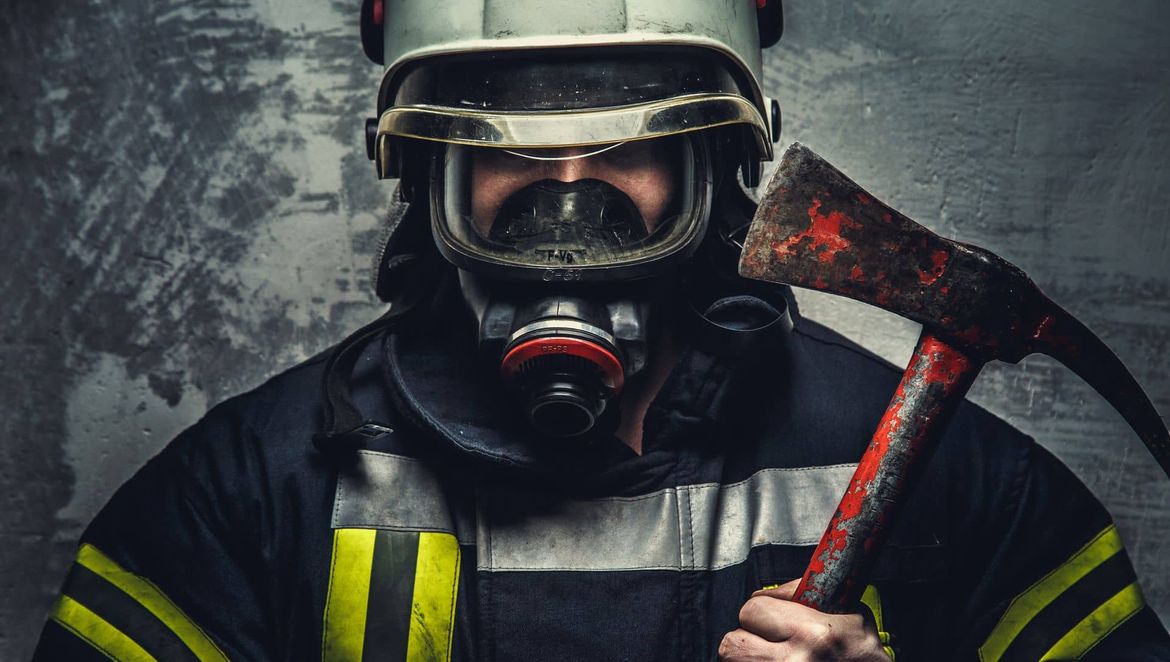In the event of an emergency, you rely on fire safety procedures and equipment.
You’ve likely made investments in fire alarm systems and technology designed to protect people and property in the event of a fire. But what if a fire occurs during system maintenance or an unexpected outage?
This could end very badly for many facilities, particularly those that do not have hours of closure or whose residents cannot evacuate quickly or safely, like hospitals and senior care facilities.
Fortunately, a procedure known as a fire watch exists to safeguard residents, patients, visitors, workers, and the property from fire danger even when the fire safety system is temporarily unavailable. Do check out: Fire Watch Guards
How does a fire watch work and what is it? Let’s get started.
How does a Fire Watch work?
A fire watch is a period during which a dedicated team of employees continuously moves through the damaged area of the building to look for signs of fire.
Notifying the fire department or another emergency response group and keeping track of when that happens and the times the fire watch staff conducts rounds are all part of the watch.
When Do You Need a Watch?
A fire watch is required to cover any breach in the facility’s fire protection system to safeguard the building’s inhabitants. This includes the fire alarm, fire suppression, and sprinkler systems, as well as other fire safety measures that protect lives.
How to Conduct a Fire Watch?
Per NFPA Life Safety Code A.9.6.1.8, a fire watch necessitates staffing above the level of normal operation. Individuals who are confident operating a fire extinguisher and who have received training in fire prevention and fire department notification techniques must be on the staff.
The staff should only be responsible for moving around the affected area, looking for signs of fire, and making sure that fire escapes, exits, alarm systems, and other components of the building’s fire safety system are unobstructed, working, and accessible in the event of an emergency.
The fire watch can be supplemented with cameras, but they cannot replace human staff. The equipment used in cameras does not have the senses of smell, hearing, or perception of the conditions that could cause a fire.
Preparing:
Resources and Training It is essential to be prepared for the event of a fire in your facility, not only to comply with NFPA standards but also to ensure the health and safety of all employees and the building as a whole.
Conducting a fire watch, notifying the fire department, and properly using a fire extinguisher are all aspects of fire safety that can be taught to your employees through comprehensive training. Make sure to put their training to the test with frequent but diverse fire drills.
The first thing you need to do to ensure that your building is protected from fire is to install a dependable fire alarm and sprinkler system. Maintain all fire alarm, sprinkler, and fire suppression system maintenance, even if it necessitates a temporary closure or watch while work is completed. A planned outage is much better than an unanticipated one because the more variables you can control, the better you can protect your building’s occupants.

 How to Choose the Right Window Replacement Contractor
How to Choose the Right Window Replacement Contractor  The Best Aircon servicing Singapore Maintaining Coolness by Performing Top-Quality Maintenance
The Best Aircon servicing Singapore Maintaining Coolness by Performing Top-Quality Maintenance  Why Columbus Homeowners Are Falling in Love with Epoxy Garage Floor Coatings
Why Columbus Homeowners Are Falling in Love with Epoxy Garage Floor Coatings  Flood Cleaning Services in Fort Worth, TX: Essential Steps to Restore Your Home
Flood Cleaning Services in Fort Worth, TX: Essential Steps to Restore Your Home  The Benefits of Caesarstone Quartz: Style, Strength, and Sustainability
The Benefits of Caesarstone Quartz: Style, Strength, and Sustainability  Are Home Elevators Worth the Investment? A Canadian Homeowner’s Guide
Are Home Elevators Worth the Investment? A Canadian Homeowner’s Guide  5 Common Gutter Problems That Gutter Guards Can Solve
5 Common Gutter Problems That Gutter Guards Can Solve  How a Whole-House Humidifier Can Help With Your Health
How a Whole-House Humidifier Can Help With Your Health  Master Bathroom Remodeling: Essential Tips for a Stylish Upgrade
Master Bathroom Remodeling: Essential Tips for a Stylish Upgrade 